U.S. Auto Sales Brand-by-Brand Results: August 2017 YTD
A predicted auto sales improvement in August, expected to be the first year-over-year increase in 2017, gave way to decreases for many automakers as Hurricane Harvey’s drastic effects shut down demand in one of the nation’s largest auto markets for the final quarter of the month.
According to Edmunds, Ford, Ram, GMC, Cadillac, and Mitsubishi all claim Texas as their largest market. The period surrounding Labor Day produced 4 percent of America’s new vehicle sales in 2016, but that figure will undoubtedly fall because of Harvey’s devastating impact.
Auto sales were nevertheless bolstered by a 13-percent year-over-year increase in average incentive spends in August, ALG says.
At $3,799 per vehicle — and $4,500-plus at Mercedes-Benz, FCA, Ford Motor Company, General Motors, and Nissan/Infiniti — the average per-vehicle incentive spend was up 4 percent compared with July. Edmunds nevertheless expected automakers to continue to have problems clearing out remaining inventory. In August 2016, 17 percent of vehicles sold were 2017 models. In August 2017, that figure was likely cut in half.
Positive sales results were still reported by a wide variety of automakers in July. While FCA and Ford Motor Company both posted losses, General Motors and Toyota Motor Corp. were up 8 percent and 7 percent, respectively, compared with August 2016.
GM benefited from booming crossover sales: the Buick Encore, Cadillac XT5, Chevrolet Equinox, Chevrolet Traverse, GMC Acadia, and GMC Terrain combined for a 52-percent rise to 81,386 sales, equal to three-in-10 GM sales.
Toyota set an all-time monthly record with 42,265 RAV4 sales and also produced a 13-percent Camry improvement.
Subaru reported a record 12,823 Crosstreks sold and a 17-percent Outback increase, plus a 40-percent Impreza improvement. That makes August its 69th consecutive month of growth and its best month ever.
Volkswagen earned more than a fifth of its sales with utility vehicles as the new Tiguan and Atlas combined for more than 5,000 sales.
Yet overall auto sales fell 2 percent in August 2017, the eighth consecutive month of decline. Expect a post-Harvey bump in auto sales, in the southeast Texas region in particular, as automakers compete for replacement vehicle purchases. So horrible is Harvey’s aftermath, however, that such a bump could be rendered imperceptible both by its delay and the gradual nature of the replacement phase.
Auto BrandAugust 2017August 2016% Change2017 YTD2016 YTD% ChangeAcura 13,13214,246-7.8%101,180106,914-5.4%Alfa Romeo1,140372,981%6,0843771,514%Audi 19,81119,2642.8%141,606134,5625.2%BMW 23,55325,531-7.7%194,604204,744-5.0%Buick 16,81121,678-22.5%143,093148,845-3.9%Cadillac 15,01616,346-8.1%98,316103,918-5.4%Chevrolet 196,007175,96511.4%1,316,3911,361,675-3.3%Chrysler 12,65218,766-32.6%128,050167,700-23.6%Dodge 43,60844,351-1.7%335,852352,005-4.6%Fiat 2,1202,736-22.6%19,04622,186-14.2%Ford 200,321204,168-1.9%1,628,8241,702,211-4.3%Genesis 1,8031,49720.4%13,3661,497793%GMC 47,71842,44012.4%358,305348,1642.9%Honda 132,883135,325-1.8%987,701987,8110.0%Hyundai 52,50770,518-25.5%441,367519,581-15.1%Infiniti 10,98610,4395.2%100,96985,36218.3%Jaguar 3,101 3,298-6.0%26,93217,68752.3%Jeep 73,19186,496-15.4%548,833630,775-13.0%Kia 53,32354,248-1.7%405,462442,544-8.4%Land Rover 6,320 6,0314.8%48,07448,754-1.4%Lexus 30,80130,938-0.4%193,463210,392-8.0%Lincoln 8,7089,243-5.8%73,29071,6383.2%Maserati 1,10395815.1%8,8846,97127.4%Mazda 25,84626,109-1.0%194,559199,378-2.4%Mercedes-Benz ° 25,37328,404 -10.7%213,242 219,704 -2.9% Mercedes-Benz Vans ° 3,581 3,15213.6% 22,139 22,186 -0.2% Total Mercedes-Benz ° 28,954 31,556-8.2% 235,381241,890-2.8%Mini 4,4484,969-10.5%31,05134,887-11.0%Mitsubishi 8,1647,33611.3%70,76567,1605.4%Nissan 97,340114,199-14.8%955,340969,865-1.5%Porsche 4,7095,181 -9.1%36,17835,7671.1%Ram 43,32244,419-2.5%367,007348,4345.3%Smart 229353-35.1%2,3943,439-30.4%Subaru 63,21560,4184.6%423,728391,9698.1%Toyota 196,824182,1878.0%1,411,3841,414,805-0.2%Volkswagen 32,01529,3849.0%220,344207,1566.4%Volvo 7,9947,6814.1%49,06652,892%————— ——BMW Group28,00130,500-8.2%225,655239,631-5.8%Fiat Chrysler Automobiles176,033196,805-10.6%1,404,8721,521,477-7.7%Daimler AG 29,18331,909-8.5%237,775245,329-3.1%Ford Motor Co.209,029213,411-2.1%1,702,7441,773,849-4.0%General Motors 275,552256,4297.5%1,916,1051,962,602-2.4%American Honda 146,015149,571-2.4%1,088,8811,094,725-0.5%Hyundai-Kia Automotive Group107,633126,263-14.8%860,195 963,622-10.7%Jaguar-Land Rover 9,421 9,3291.0% 75,00666,44112.9%Nissan / Infiniti / Mitsubishi116,490131,974-11.7%1,127,0741,122,3870.4%Toyota Motor Sales, USA. Inc.227,625213,1256.8%1,604,8471,625,197-1.3%Volkswagen Group * 56,74854,2284.6%399,644378,6775.5%———————Industry Total †1,484,8261,512,626-1.8% 11,358,40511,676,422-2.7%Source: Manufacturers
* Volkswagen Group includes sales figures for Audi, Bentley, Porsche, and Volkswagen brands
° Mercedes-Benz USA releases sales figures for the Mercedes-Benz brand in the conventional sense, vans excluded, as well as totals for the Metris and Sprinter vans. The complete picture is included here.
† Industry total takes into account Automotive News figures/estimates for brands such as Tesla (4,400 August units) and other low-volume, high-priced manufacturers.
[Image: General Motors]
Timothy Cain is a contributing analyst at The Truth About Cars and Autofocus.ca and the founder and former editor of GoodCarBadCar.net. Follow on Twitter @timcaincars.
More by Timothy Cain
Latest Car Reviews
Read moreLatest Product Reviews
Read moreRecent Comments
- Ras815 Ok, you weren't kidding. That rear pillar window trick is freakin' awesome. Even in 2024.
- Probert Captions, pleeeeeeze.
- ToolGuy Companies that don't have plans in place for significant EV capacity by this timeframe (2028) are going to be left behind.
- Tassos Isn't this just a Golf Wagon with better styling and interior?I still cannot get used to the fact how worthless the $ has become compared to even 8 years ago, when I was able to buy far superior and more powerful cars than this little POS for.... 1/3rd less, both from a dealer, as good as new, and with free warranties. Oh, and they were not 15 year olds like this geezer, but 8 and 9 year olds instead.
- ToolGuy Will it work in a Tesla?

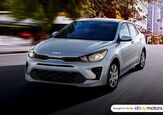
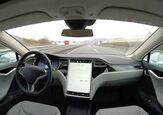














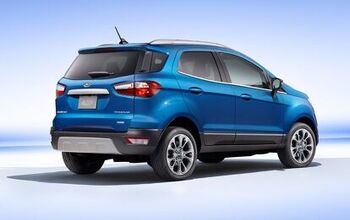
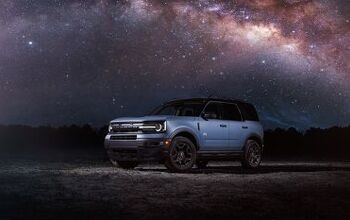
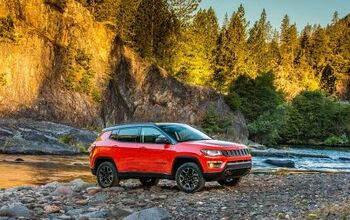
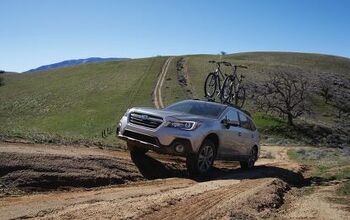
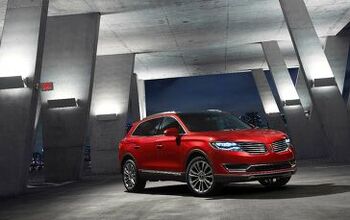
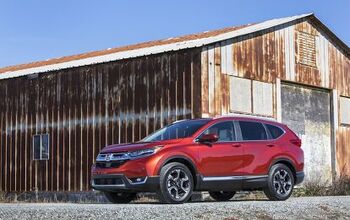
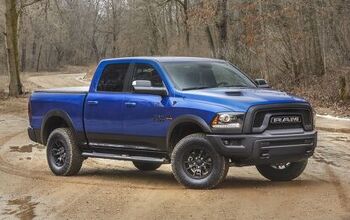
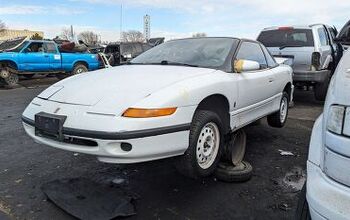
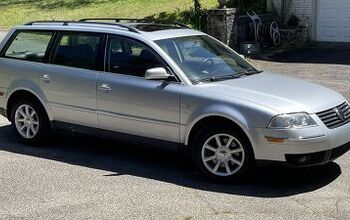
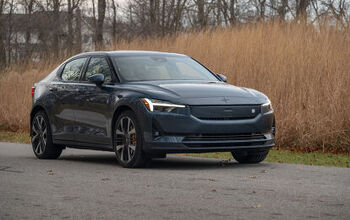
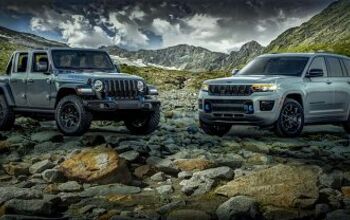
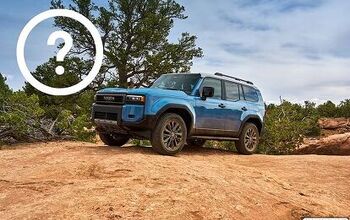
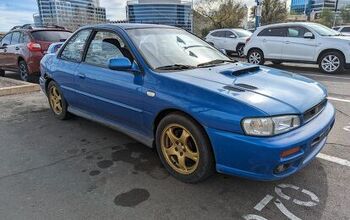
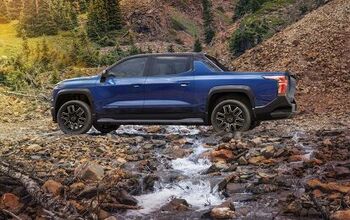
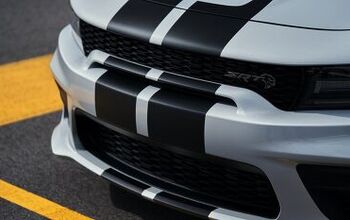
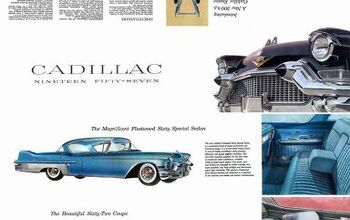
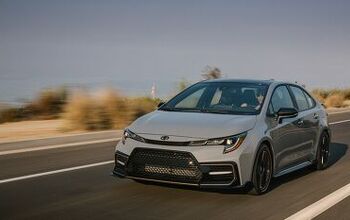
Comments
Join the conversation
Subaru steady as she goes. it's good to understand marketing.
What happened to BMW? Theory #1: in their drive to increase sales/market share, BMW exposed more drivers to their unreliability and crazy costs. Buyers aren't returning for a second taste, and old owner stalwarts - who would put up with "German Engineering" - no longer find the BMW the "driver's car" brand. Throw Mini into the mix - a car brand that appeals to a very small section of the population - and you're looking at a future shakeup in the company.